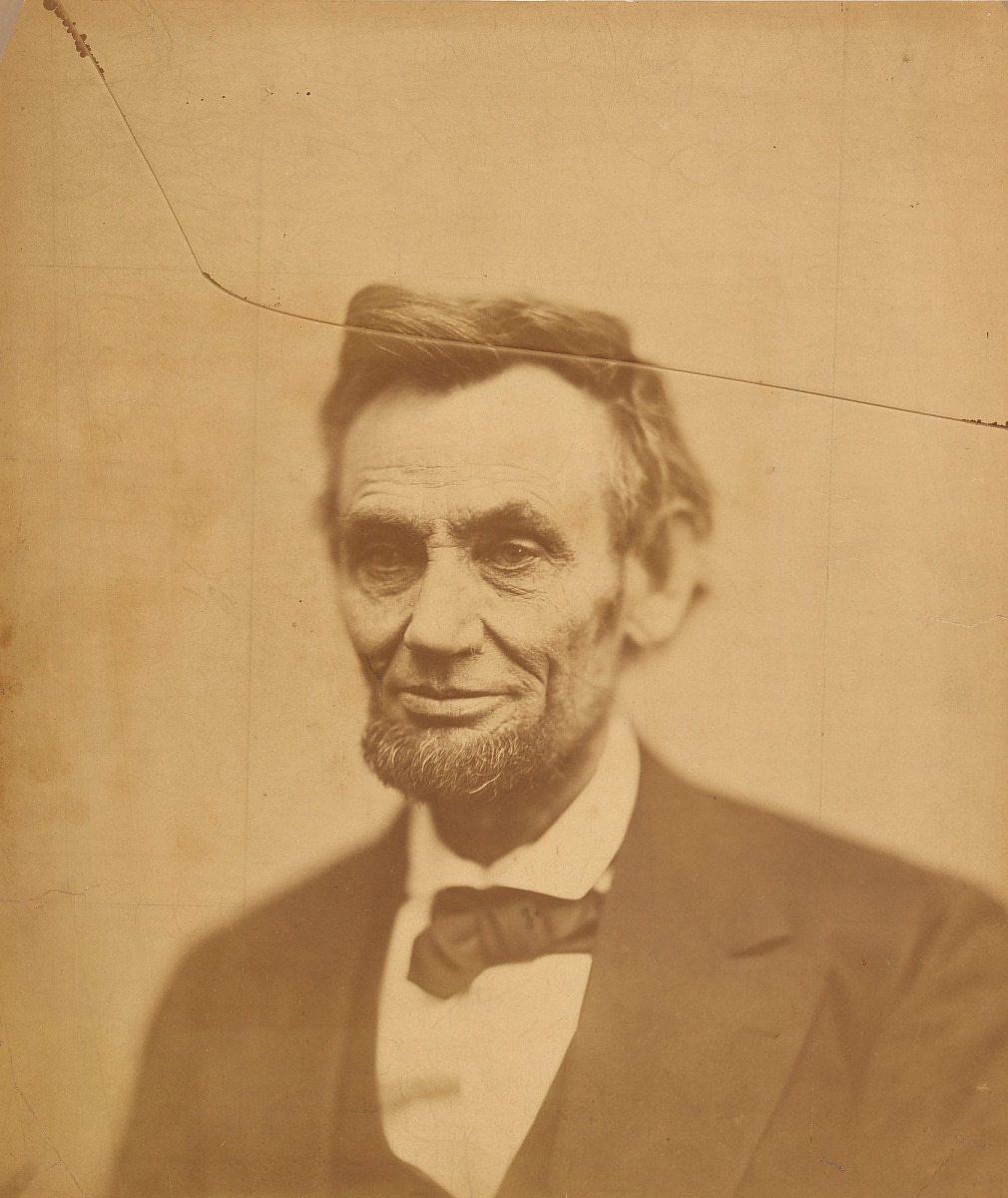AARP Hearing Center

The collection of presidential portraits at the Smithsonian Institution’s National Portrait Gallery (NPG) is the only complete collection outside of the White House and the only collection that is currently open to the public. The NPG, along with other Smithsonian attractions, has recently re-opened after being closed for most of the past year due to the pandemic.
On May 11, 2021, NPG docent Barbara Nelson conducted a virtual tour of the NPG’s American Presidents collection in a program presented by the Smithsonian in collaboration with AARP Virginia.
In an interesting historical note, Nelson explained that the buildings that now comprise the NPG used to be the U.S. Patent Office. Established in 1836 by Thomas Jefferson, the Patent Office had extensive display facilities for models of inventions awarded patents. When the Patent Office left the space in 1953, the building’s facilities were well suited to house what ultimately became the National Portrait Gallery.
Nelson shared portraits and stories of several U.S. presidents, beginning with a bust of George Washington, created c. 1796 by the French sculptor Jean-Antoine Houdon. The Virginia General Assembly commissioned Houdon to create a full-size sculpture of Washington for the Virginia Capitol Building. He created a life mask of Washington, which became the basis of several busts, as well as the final sculpture that is on display at the Virginia Capitol. Because this image came from a life mask, it is considered the most accurate depiction of what Washington really looked like.
One of the most famous portraits of Washington is Gilbert Stuart’s 1796 painting, called the “Lansdowne Portrait.” This 8’ x 5’ painting depicts Washington in the style of a great orator and was one of the paintings saved by Dolley Madison when the British burned the White House during the War of 1812. Stuart painted several other copies of Washington, including the image that was used for the one-dollar bill.
Abraham Lincoln had two life masks made, one at the beginning of his presidency in 1860, by Leonard Volk, and the second in 1865 by Clark Mills. The Mills mask is striking in that it shows the effects of the Civil War on Lincoln. Lincoln was also the first president to use photography for portrait purposes. In February 1865, photographer Alexander Gardener took what would become the last photo of Lincoln. Like the Mills mask, the photo shows the weariness in his face from the years of war and division.
In 1945, artist Douglas Granville Chandler wanted to do a portrait of Franklin Roosevelt, Winston Churchill, and Joseph Stalin at the Yalta conference. He visited the White House and painted a study of Roosevelt for the proposed Yalta painting, including various poses of Roosevelt’s hands. Although Chandler also painted Churchill, Stalin refused to sit for him, and the Yalta project was abandoned. Chandler included his study of Roosevelt’s hands on the bottom of his portrait of the president.
Elaine de Kooning’s 1963 abstract expressionist portrait of John F. Kennedy, departed from the previous more formal presidential images. The artist sat with Kennedy for several sessions during December 1962 and January 1963. Kennedy is shown seated informally, with green and gold colors depicting a sort of aura behind him.
In 1960, illustrator Norman Rockwell painted then Vice President Richard Nixon for the cover of the Saturday Evening Post. When Rockwell was hired by Look magazine to create a portrait of President Nixon in 1968, he worked from previous sketches to depict Nixon in a flattering way. Rockwell’s portrait is distinctive in that it is displayed horizontally instead of vertically.
Prior to the portrait of George H. W. Bush, all NPG’s presidential portraits were acquired from museum collections or private individuals. Starting with Bush, the NPG has commissioned the portraits directly, giving the former presidents their choice of artists and poses. Both the portraits of the senior Bush, by Ronald N. Sherr (1994-95), and that of his son, George W. Bush, by Robert A. Anderson (2008), depict casual, relaxed poses in less formal settings. The senior Bush was painted at his beloved home in Kennebunkport, Maine, while the younger Bush is shown at Camp David.
Bill Clinton’s portrait is a pixelated image made of different shapes, created by artist Chuck Close in 2006. Close, who is visually impaired, based his portrait on a magazine photo, breaking it down in to different sections, which he painted individually.
Kehinde Wiley’s 2018 portrait of Barack Obama is currently one of the NPG’s most popular features. The background is bright and vibrant with flowers that symbolize Obama’s background: chrysanthemums for Chicago, jasmine for Hawaii, and lilies for Africa.
The NPG does not yet have a formal portrait of Donald Trump, as portraits are typically commissioned about six months after a president leaves office.
The American Presidents Gallery exhibition, with portraits of all the presidents, is available for viewing on the National Portrait Gallery’s website.































































